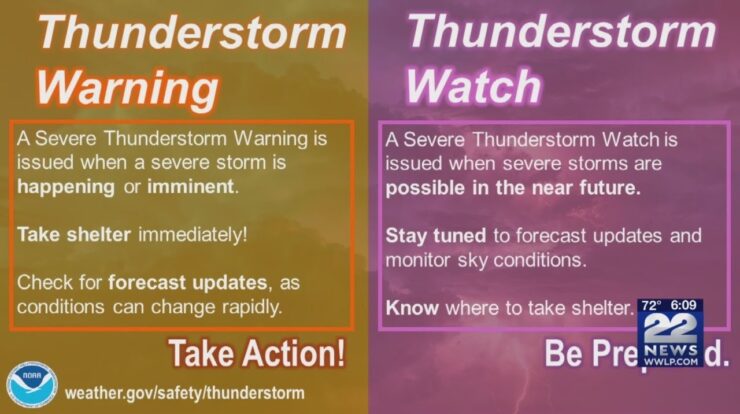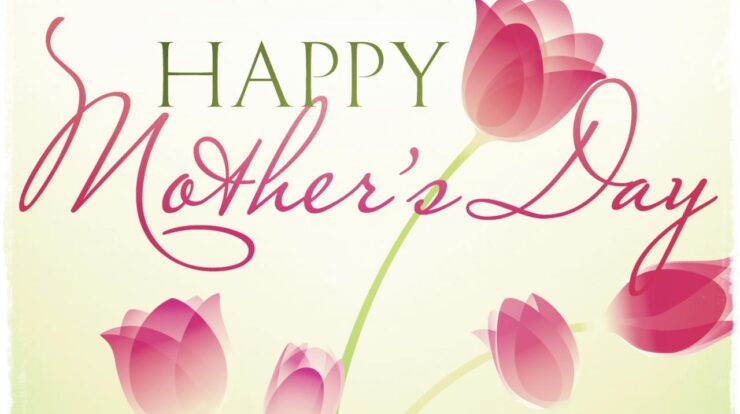
Is a watch or warning worse – In the realm of emergencies, the distinction between a watch and a warning can make all the difference. Understanding the nuances between these two terms empowers us to respond appropriately, potentially saving lives and mitigating damage.
Watches serve as an early alert, indicating the potential for a hazardous event. Warnings, on the other hand, signify an imminent threat that demands immediate action.
Watches and Warnings: A Guide to Understanding: Is A Watch Or Warning Worse

In the realm of weather forecasting, watches and warnings serve as crucial tools for alerting the public to potential hazardous conditions. These terms, often used interchangeably, carry distinct meanings and levels of severity. Understanding the differences between watches and warnings is essential for staying informed and prepared during inclement weather.
Definition and Explanation, Is a watch or warning worse
A watchis issued when conditions are favorable for a specific weather hazard to develop. It does not mean that the hazard is imminent, but rather that the potential exists. A watch provides ample time for individuals to monitor the situation and prepare accordingly.
In contrast, a warningis issued when a hazardous weather event is either occurring or is expected to occur imminently. Warnings indicate a high probability of the hazard and necessitate immediate action to protect life and property.
The severity of watches and warnings is typically categorized into levels, such as low, moderate, high, or extreme. The higher the level, the greater the potential impact and the more urgent the need for action.
Historical Context
The use of watches and warnings has a long history in meteorology. In the early 19th century, weather forecasts were primarily based on observations and local knowledge. As technology advanced, weather stations and networks emerged, enabling meteorologists to monitor weather patterns over larger areas.
It’s always important to stay vigilant and informed, but when it comes to alerts and warnings, which is worse? Is a watch or warning worse ? Understanding the difference between the two can help you make the best decisions for your safety.
Meanwhile, if you’re looking for some exciting sports action, watch Lakers vs Nuggets for an unforgettable game. For those who love movies and shows, Amazon Watch Party offers a great way to enjoy content with friends and family virtually. And don’t miss the star-studded White House Correspondents Dinner Watch for a night of humor and political commentary.
The first official weather warning system was established in the United States in 1870. Over the years, the system has undergone significant improvements, including the development of more accurate forecasting models and the introduction of new communication channels.
Issuing Authorities
In most countries, watches and warnings are issued by government agencies responsible for weather forecasting. These agencies may have specialized divisions dedicated to monitoring and predicting hazardous weather events.
The criteria used to issue a watch or warning vary depending on the specific hazard and the agency’s protocols. Generally, meteorologists consider factors such as weather observations, forecast models, and historical data to determine the likelihood and severity of the event.
Public Response
The public’s response to watches and warnings is crucial for minimizing the impact of hazardous weather events. When a watch is issued, individuals should stay informed about the situation and be prepared to take action if necessary.
Upon hearing a warning, immediate action is required. This may involve seeking shelter, evacuating the area, or taking other protective measures. The effectiveness of watches and warnings depends heavily on the public’s understanding of their meaning and the appropriate response.
Technological Advancements
Technological advancements have revolutionized the accuracy and timeliness of watches and warnings. Satellite imagery, radar systems, and computer modeling have significantly improved the ability of meteorologists to detect and predict hazardous weather events.
Mobile apps and social media platforms have also played a vital role in disseminating watches and warnings to the public. These technologies allow individuals to receive real-time alerts and access up-to-date information on weather conditions.
In times of danger, it’s crucial to know the difference between a watch and a warning. Is a watch or warning worse ? Stay informed and prepared. For a thrilling sporting event, tune in to watch Lakers vs Nuggets . Gather your friends and host an Amazon Watch Party for a fun and interactive experience.
Join the elite and watch White House Correspondents Dinner for exclusive insights. Finally, watch together with loved ones for an unforgettable shared experience.
While technology has enhanced the capabilities of watches and warnings, it also presents challenges. False alarms or overly cautious warnings can lead to complacency or unnecessary panic. Balancing accuracy and timeliness remains a key consideration for meteorologists and policymakers.
Closure
Navigating the complexities of watches and warnings requires a comprehensive understanding of their definitions, historical context, issuing authorities, public response, and technological advancements. By deciphering the severity levels associated with each, we enhance our ability to make informed decisions and safeguard ourselves and our communities.
FAQ Compilation
What is the difference between a watch and a warning?
A watch indicates a potential threat, while a warning signifies an imminent danger that requires immediate action.
Who issues watches and warnings?
Government agencies, such as the National Weather Service, are responsible for issuing watches and warnings.
How should the public respond to watches and warnings?
Watches prompt monitoring of the situation, while warnings necessitate immediate action to protect life and property.




